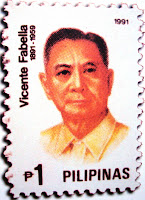The National Anthem of Sweden

Sweden's de facto anthem"Du Gamla, Du Fria" (Thou Ancient, Thou Free) was written in 1844. The author of the lyrics, Richard Dybeck, chose a Swedish folk tune from the province of Västmanland to set his words to to create the anthem. The song was created at a time when a "pan-Scandinavian" movement was strong, which is why it is a "Song to the North" instead of just to Sweden. This has led to other verses being written that are more patriotic to Sweden, but these additional verses have never gained popularity and have never been considered part of the national anthem.
In the late 19th century the anthem started to be considered as Sweden's "national anthem", differentiating it from the royal anthem that was being used as both a royal and national anthem. The anthem has never been officially legislated as Sweden's national anthem, one attempt in the 1930s by a member of parliament brought forth claims of wanting state controlled patriotism by the opposition.
Richard Dybeck (1 September 1811 – 28 July 1877) was a Swedish jurist, antiquarian and lyricist, mainly remembered as the author of the lyrics to what is now the (de facto) Swedish national anthem: Du gamla, Du fria.
Dybeck was born in a mansion in the town Köping, in Västmanland. He was the son of a clergyman, went to gymnasium in Västerås, and later matriculated at Uppsala University in 1831. He completed his civil service degree in law (hovrättsexamen) in 1834 and entered the Svea hovrätt appeal court. He held a number of positions in the court system during the following years, but eventually began to spend all his time on his antiquarian and historical research. He was also a poet.
The postcard above shows the anthem score and lyrics of the Swedish national anthem.






